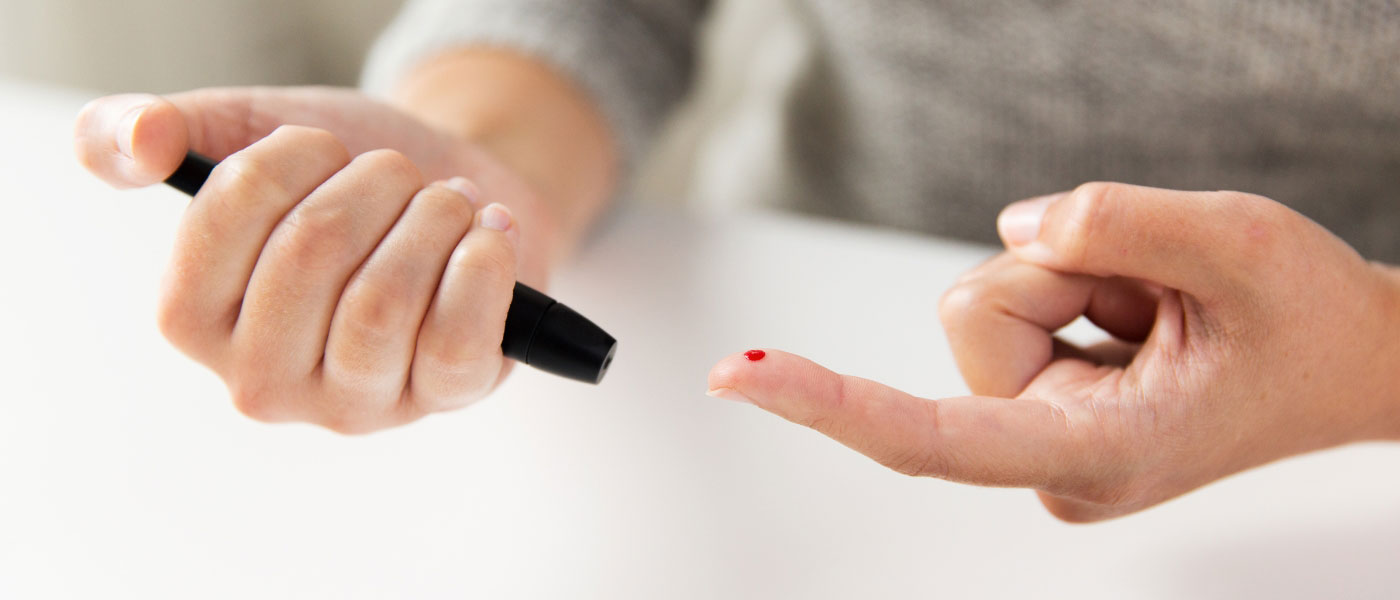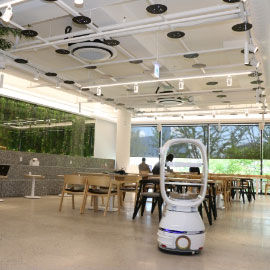Facts and myths about diabetes, associated with increased risk for COVID-19-related mortality Dr. Hong Jun-hwa, Professor of Endocrinology at Daejeon Eulji Medical Center, Eulji University

The term that was used most often in combination with “COVID-19 deaths” or “COVID-19 mortality” was “underlying health condition.” This was because the vast majority of people who died from the infectious disease were found to have an underlying illness. Each person had three medical conditions, on average, with two out of every three people suffering from hypertension and a half from diabetes.
This has triggered people’s interest diabetes. Hypertension, or high blood pressure, is a condition that most people are familiar with and get easily tested for, as there are many places including public offices and financial institutions that are equipped with blood pressure monitors, with the ideal blood pressure quantified as 140/90. In the case of diabetes, on the other hand, one must undergo a blood or urine test to be diagnosed. Also, some people immediately think of “sugar” when it comes to diabetes and believe that it is a disease resulting from overconsumption of sugary foods.



 Interview With
Interview With
 Medical Technology
Medical Technology
 City & Culture
City & Culture
 Food & Travel
Food & Travel
 Hot Issue
Hot Issue
 Health & Wellness Tips
Health & Wellness Tips